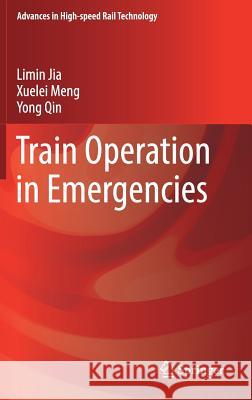Train Operation in Emergencies » książka
topmenu
Train Operation in Emergencies
ISBN-13: 9789811045967 / Angielski / Twarda / 2017 / 138 str.
Kategorie:
Kategorie BISAC:
Wydawca:
Springer
Seria wydawnicza:
Język:
Angielski
ISBN-13:
9789811045967
Rok wydania:
2017
Wydanie:
2017
Numer serii:
000803559
Ilość stron:
138
Waga:
3.55 kg
Wymiary:
23.5 x 15.5
Oprawa:
Twarda
Wolumenów:
01
Dodatkowe informacje:
Wydanie ilustrowane











